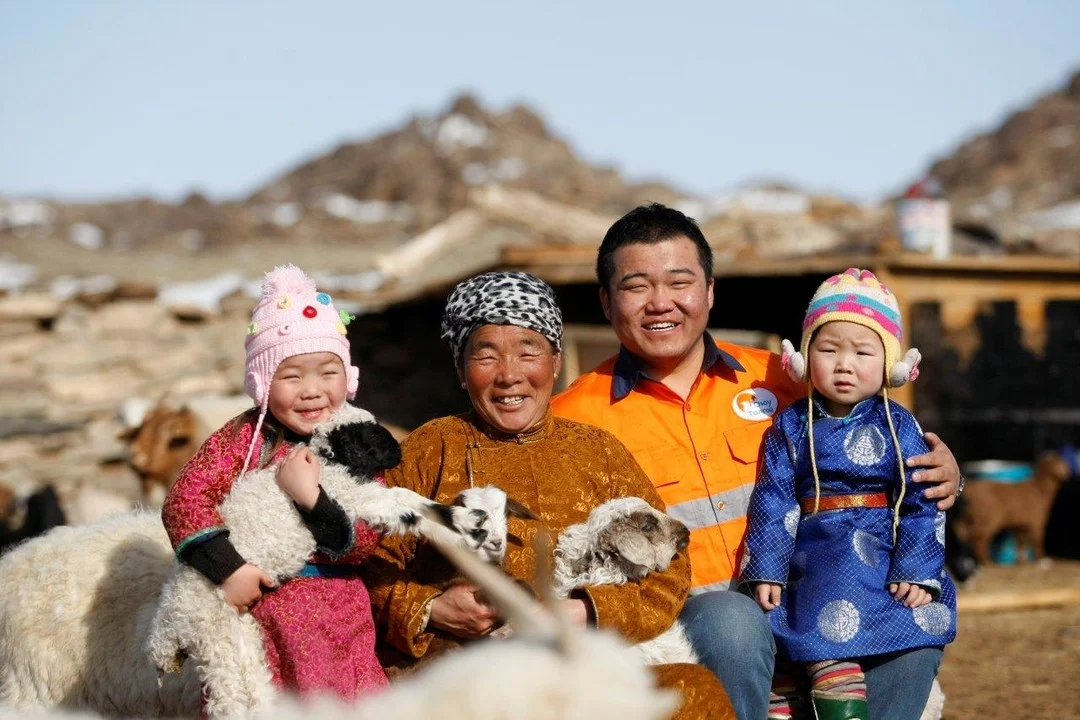How to build your social license to operate
Source: Oyu Tolgoi, ot.mn
In Zambia, the Government announced an increase in mining royalties by 1.5 percentage points on 28 September. It is the tenth change to mining royalties in 16 years. This follows the Zambia’s tax agency serving major copper producer First Quantum Minerals with a tax bill for $8 billion in March.
In Tanzania, Acacia Mining has been embroiled in political controversy in relation to its three operating gold mines. The government has imposed a ban on the export of raw materials and imposed a $190 million tax claim on the company. In February 2018 the company announced it has written down the value of its mines by US$850 million.
In Peru, Newmont suspended work at its Conga gold and copper mining project in 2016 in response to community and political opposition. An estimated US$1.1 billion had been spent on studies and development of the project.
The problems that beset these mining projects were neither legal nor technical. They were social and political. Regardless of their technical merits, without the support of communities and political leaders, mining projects are at risk of significant delays or worse.
This is what the loss of social licence to operate looks like.
Many of the next generation of mines will be developed in tough locations. The continuing demand for mineral commodities will require this to happen.
At the same time, the standards expected of the industry are increasing, exposing many companies to risks of opposition, confrontation and delays. Too few companies have come to term with the evolving human rights agenda and its implications for all business. Class action law firms are lurking, seeking cases to run. Social media provides an instant and receptive global audience for aggrieved parties, wherever they are. Banks, multilateral agencies and pension funds continue to raise the bar of required social performance as a condition of financing.
Managing socio-political risk is difficult, and how to do it effectively is often unclear. Because it involves people, it is usually more complicated than managing technical risks.
The most successful mining companies in the decades ahead will surely be those able to best manage this socio-political complexity. As a senior executive working at the intersection of mining projects and communities on three continents over the last two decades, I gained insight into what does and doesn’t work.
Unfortunately, practices that don’t work remain popular.
Conventional public relations exercises, might be appealing for some. We’ve all seen them. Oversized cheques are handed over in front of TV cameras. Football teams sponsored, with little rationale other than providing senior executives with the best seats in the stadium. Business corporate sustainability documents mechanistically declare the importance of local communities. None of these make a big difference, really.
What does work is activities requiring long term, tangible commitment to the welfare of host communities of mining operations.
To avoid becoming a news story like those I used at the beginning of this blog, it is important to take a long-term view of local engagement, and to start right from the exploration stage. Hire capable local community engagement people – even if the project is at a very early stage and there is no certainty of it proceeding. Ensure they continue to be in place, even if the project is stalled or delayed for extended periods.
This engagement should be more than well-intentioned neighbourliness (although this is important as well!). Representatives with local knowledge and credibility should be supplemented with capable and thoughtful social scientists. Together, they will be able to understand the needs and concerns of the local community. They will understand the demographics of your local region intimately. As your project progresses, track how these are changing over time. Measure the impact of your mine and of your social investments scientifically. Treat social performance with the same analytical rigour applied to metallurgical performance or capital expenditure.
Determine to integrate into local economies. Make local sourcing a priority, but don’t make it philanthropy. Be clear you are looking for both quality and cost effectiveness from local suppliers. Yes, this may require a commitment to help build capacity in the local business community. Make sure the procurement professionals within your organisation are fully aware of the strategically importance of the companies contribution to the local economy.
Don’t act alone. Seek out partner organisations. In some cases, it may be better to have an NGO run a project for you. There may be NGOs or multilateral agencies willing to fund projects in your host communities. It may feel uncomfortable to give up some control, but in exchange, there will be a wider coalition of organisations working to achieve positive social outcomes. This will help your reputation and credibility.
Bring others into a conversation about your social performance. Measure the impact of your social investments using the United Nations Sustainable Development Goals. Then use this data to engage in a discussion with government officials and United Nations representatives about how to continue to improve outcomes. You will be surprised how well this is received.
Any company can do this, if its leaders determine to. As we can see from the examples of FQM, Acacia, Newmont and many others, it is vital for the sake of shareholders, customers and, of course, the welfare of host communities.

